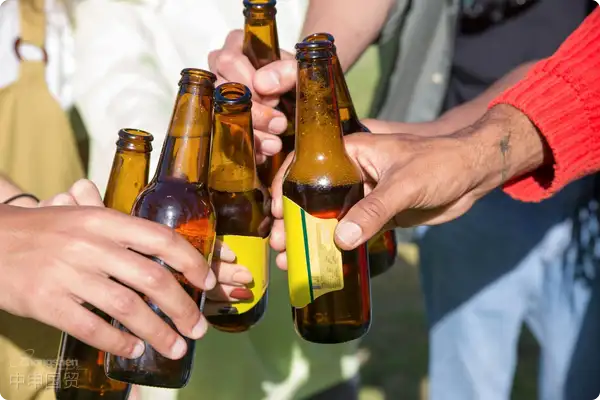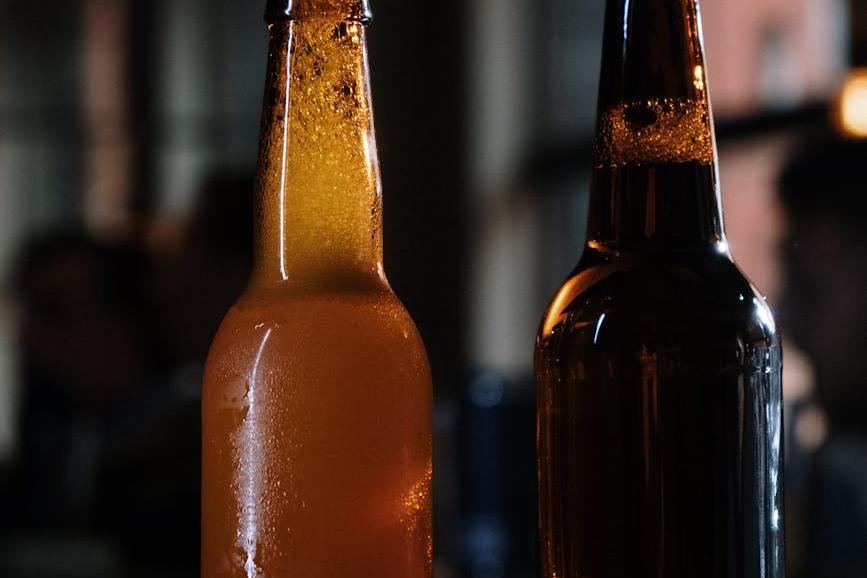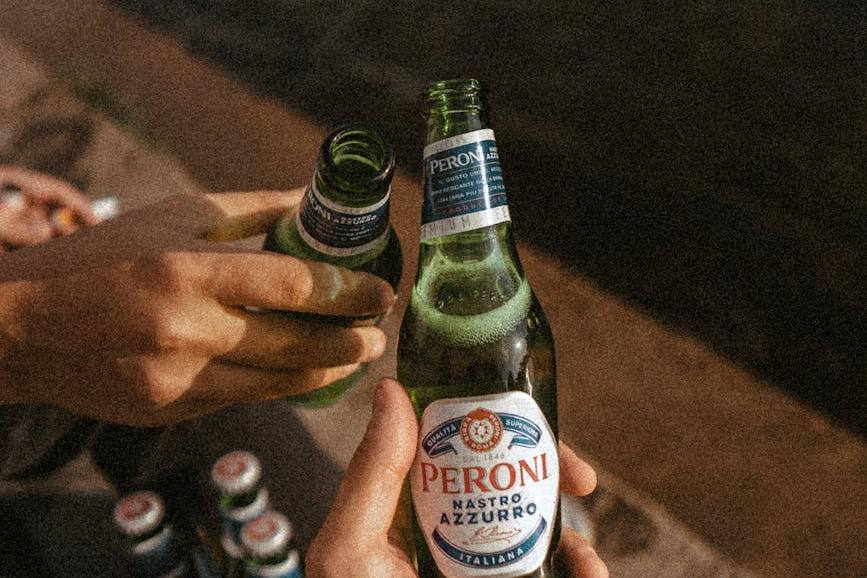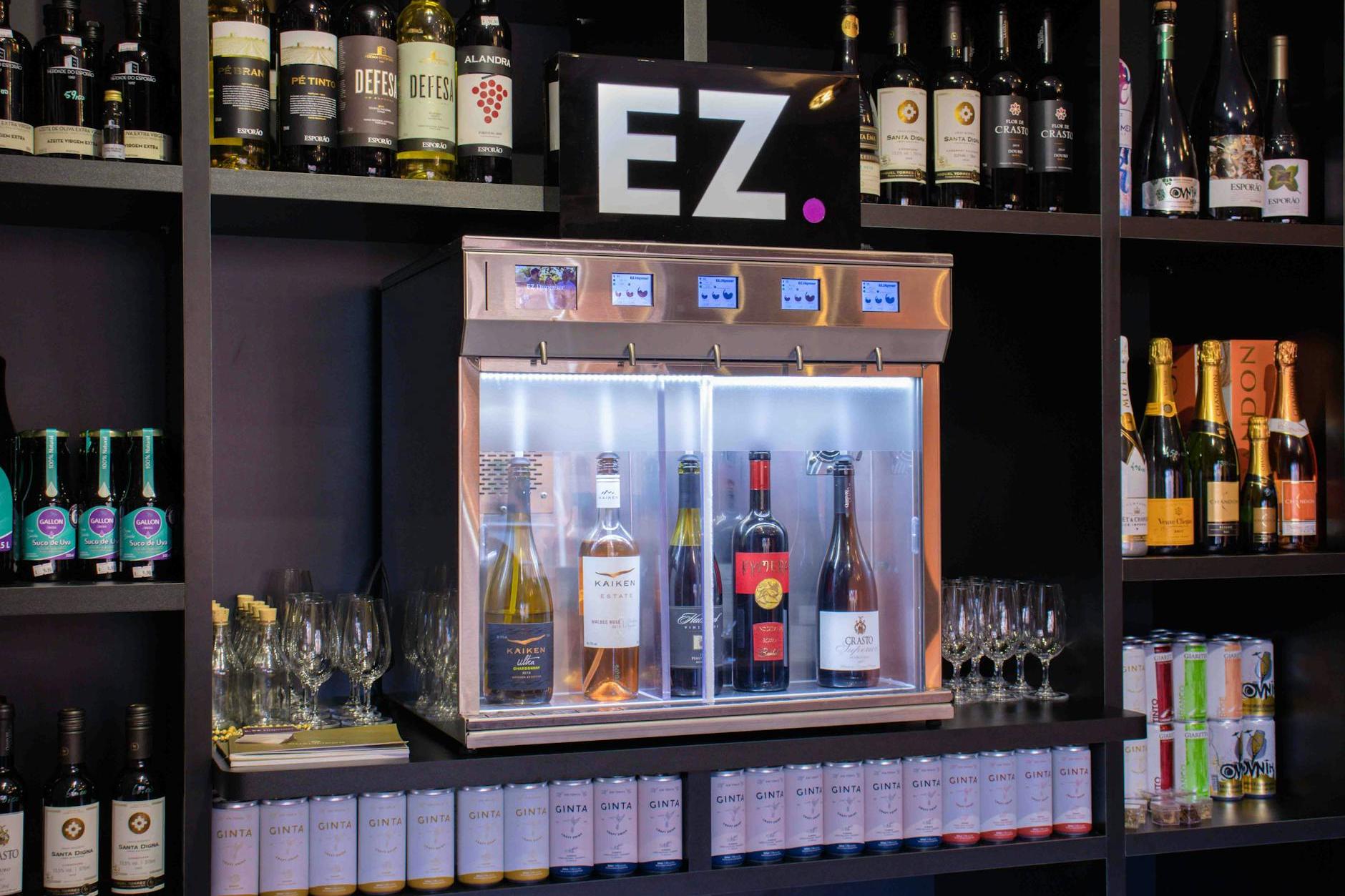- Zhongshen (Shanghai): 20 years of experience in foreign trade.
- Service Hotline: 139 1787 2118

When Craft Beer MeetsImport and export: A Veteran Driver's Guide to Avoiding Pitfalls
Last year, a client was excited to distribute German dark beer but had their shipment detained at Huangpu Port for a full 28 days—all because of a missing manufacturer's fresh seal. Stories like this, where "one document error derails the entire operation," have occurred no fewer than a hundred times in my 20-year career as an agent. Today, let's discuss how to make your imported beer business both compliant and efficient.
Preliminary Preparation: Qualifications Matter More Than Product Selection
- Upgraded version of the company's three certificates: In addition to basic import and export rights, pre-packaged food registration is also required (with the addition of an electronic registration system in 2025).
- Product Compliance Trio:
- Certificate of Sanitary Origin (special attention to the format of alcohol content labeling)
- Pre-review of Chinese back label (including new allergen information regulations)
- Liquor Distribution License (electronic certificates have been implemented in some regions)
- Supplier Screening Techniques: Request to provide export records to China for the past three years, and verify the authenticity of EAN/UPC codes.
Key points for customs clearance: There are tricks to tariff calculation.
| Tax Type | Calculation formula | Special Note |
|---|---|---|
| Tariff | CIF price × tax rate | General Tariff Rate vs. Most-Favored-Nation Tariff Rate (German beer enjoys 10%) |
| Value - added Tax | (CIF price + tariff + consumption tax) × 13% | Maintain the current tax rate in 2025. |
| Consumption Tax | From quantity: 0.5 yuan/liter | Convert based on actual alcohol content. |
Logistics Choice: The Hidden Costs of Cold Chain Transportation
- Ocean shippingvsair freightCost-effectiveness testing:
- Full container load (FCL) shipping: An 40HQ container can hold 18,000 liters (with a loss rate of approximately 3%).
- Air charter pallet: Suitable for high-end craft beers priced over €5 (damage rate can be reduced to 0.5%).
- Monitoring the Three Key Elements of Temperature Control: Maintain a temperature of 5-25°C throughout the entire process, with humidity ≤65%, and transport away from light.
Market Breakthrough: Avoiding Homogeneous Competition
Here’s a recent case of Belgian Trappist beer we handled for a client that’s worth referencing:
1. Targeting a niche market: Focusing on the "beer collector" demographic.
2. Innovative customs clearance model: bonded display +E-commerceGoods preparation
3. Customized logistics solution: Each batch comes with an NFT digital collectible certificate.
Five Common "Death Traps"
- Danger Zone 1: Declare alcoholic beverages using food standards (incorrect HS code will result in direct return shipment)
- Minefield 2: Neglecting pre-review of Chinese labels (a certain brand was taken off shelves due to the term "beer hop extract").
- Danger Zone 3: The sea freight quotation does not include THC fees (which once resulted in customers paying an additional 28,000 per container).
- Minefield 4: Directly use foreign barcodes (application for Chinese product barcode prefix required)
- Minefield 5: Ignore the alcohol concentration gradient pricing (cost increases by 5-7% for every 1% increase in alcohol content).
I recall handling a batch of Czech beer in 2018 that had to be completely destroyed because it failed to label "contains sulfur dioxide." Looking back now, compliance isn't a restriction—it's the best commercial moat. Next time you need to assess the import feasibility of a particular beer, consider asking three questions first: Are the qualifications complete? Have the taxes been calculated clearly? Is there market recognition?
Recommended for You
Category Case
Contact Us
Email: service@sh-zhongshen.com
Recommended for You
Contact via WeChat

? 2025. All Rights Reserved. Shanghai ICP No. 2023007705-2  Shanghai Public Network Security Record No. 31011502009912
Shanghai Public Network Security Record No. 31011502009912









